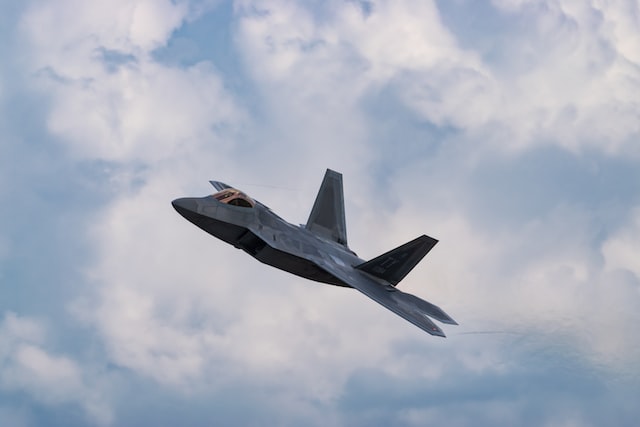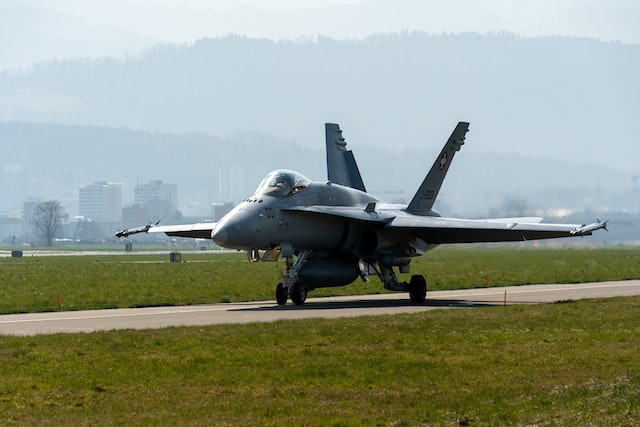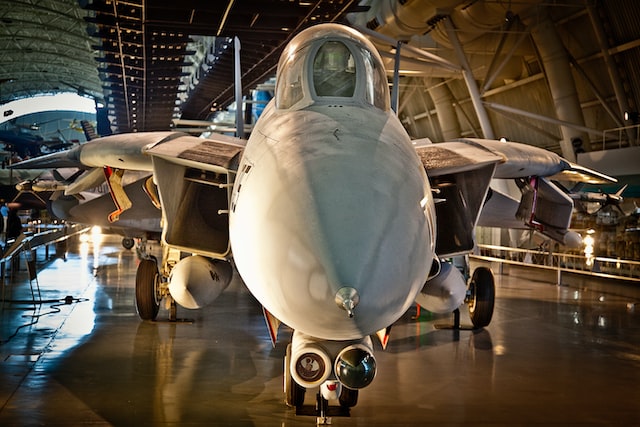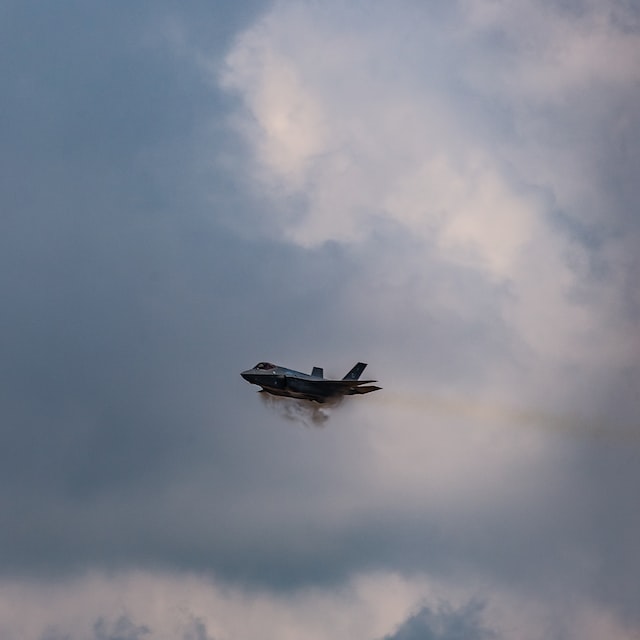Jets
F35 Lighting II
The Lockheed Martin F-35 Lightning II is an American family of single-seat, single-engine, all-weather stealth multirole combat aircraft that is intended to perform both air superiority and strike missions. It is also able to provide electronic warfare and intelligence, surveillance, and reconnaissance capabilities. Lockheed Martin is the prime F-35 contractor, with principal partners Northrop Grumman and BAE Systems. The aircraft has three main variants: the conventional takeoff and landing (CTOL) F-35A, the short take-off and vertical-landing (STOVL) F-35B, and the carrier-based (CV/CATOBAR) F-35C. The aircraft descends from the Lockheed Martin X-35, which in 2001 beat the Boeing X-32 to win the Joint Strike Fighter (JSF) program. Its development is principally funded by the United States, with additional funding from program partner countries from NATO and close U.S. allies, including the United Kingdom, Australia, Canada, Italy, Norway, Denmark, the Netherlands, and formerly Turkey.[5][6][7] Several other countries have also ordered, or are considering ordering, the aircraft. The program has drawn much scrutiny and criticism for its unprecedented size, complexity, ballooning costs, and much-delayed deliveries.[8][N 1] The acquisition strategy of concurrent production of the aircraft while it was still in development and testing led to expensive design changes and retrofits.[10][11] The F-35 first flew in 2006 and entered service with the U.S. Marine Corps F-35B in July 2015, followed by the U.S. Air Force F-35A in August 2016 and the U.S. Navy F-35C in February 2019.[1][2][3] The aircraft was first used in combat in 2018 by the Israeli Air Force.[12] The U.S. plans to buy 2,456 F-35s through 2044, which will represent the bulk of the crewed tactical aviation of the U.S. Air Force, Navy, and Marine Corps for several decades; the aircraft is planned to be a cornerstone of NATO and U.S.-allied air power and to operate until 2070
F14 Tomcat
The Grumman F-14 Tomcat is an American carrier-capable supersonic, twin-engine, two-seat, twin-tail, variable-sweep wing fighter aircraft. The Tomcat was developed for the United States Navy's Naval Fighter Experimental (VFX) program after the collapse of the General Dynamics-Grumman F-111B project. The F-14 was the first of the American Teen Series fighters, which were designed incorporating air combat experience against MiG fighters during the Vietnam War. The F-14 first flew on 21 December 1970 and made its first deployment in 1974 with the U.S. Navy aboard USS Enterprise (CVN-65), replacing the McDonnell Douglas F-4 Phantom II. The F-14 served as the U.S. Navy's primary maritime air superiority fighter, fleet defense interceptor, and tactical aerial reconnaissance platform into the 2000s. The Low Altitude Navigation and Targeting Infrared for Night (LANTIRN) pod system was added in the 1990s and the Tomcat began performing precision ground-attack missions.[1] The Tomcat was retired by U.S. Navy on 22 September 2006, supplanted by the Boeing F/A-18E/F Super Hornet. Several retired F-14s have been put on display across the US. Having been exported to Iran under the Pahlavi dynasty in 1976, F-14s were used as land-based interceptors by the Islamic Republic of Iran Air Force during the Iran–Iraq War. Iran claimed their F-14s shot down at least 160 Iraqi aircraft during the war (only 55 of these confirmed, according to historian Tom Cooper),[2] while 16 Tomcats were lost, including seven losses to accidents.[2][3] As of 2022, the F-14 remains in service with Iran's air force, though in low numbers of combat-ready aircraft due to a lack of spare parts
F/A 18 SuperHornet
The McDonnell Douglas F/A-18 Hornet is an all-weather, twin-engine, supersonic, carrier-capable, multirole combat aircraft, designed as both a fighter and attack aircraft (hence the F/A designation). Designed by McDonnell Douglas (now part of Boeing) and Northrop (now part of Northrop Grumman), the F/A-18 was derived from the latter's YF-17 in the 1970s for use by the United States Navy and Marine Corps. The Hornet is also used by the air forces of several other nations, and formerly by the U.S. Navy's Flight Demonstration Squadron, the Blue Angels. The F/A-18 was designed to be a highly versatile aircraft due to its avionics, cockpit displays, and excellent aerodynamic characteristics, with the ability to carry a wide variety of weapons. The aircraft can perform fighter escort, fleet air defense, suppression of enemy air defenses, air interdiction, close air support, and aerial reconnaissance. Its versatility and reliability have proven it to be a valuable carrier asset, though it has been criticized[by whom?] for its lack of range and payload compared to its earlier contemporaries, such as the Grumman F-14 Tomcat in the fighter and strike fighter role, and the Grumman A-6 Intruder and LTV A-7 Corsair II in the attack role. The Hornet first saw combat action during the 1986 United States bombing of Libya and subsequently participated in the 1991 Gulf War and 2003 Iraq War. The F/A-18 Hornet served as the baseline for the Boeing F/A-18E/F Super Hornet, its larger, evolutionary redesign, which replaced both the older Hornet and the F-14 Tomcat in the US Navy.

F22 Raptor
The Lockheed Martin F-22 Raptor is an American single-seat, twin-engine, all-weather stealth tactical fighter aircraft developed for the United States Air Force (USAF). As the result of the USAF's Advanced Tactical Fighter (ATF) program, the aircraft was designed as an air superiority fighter, but also has ground attack, electronic warfare, and signals intelligence capabilities. The prime contractor, Lockheed Martin, built most of the F-22's airframe and weapons systems and conducted final assembly, while Boeing provided the wings, aft fuselage, avionics integration, and training systems. The aircraft first flew in 1997 and was variously designated F-22 and F/A-22 before it formally entered service in December 2005 as the F-22A. Despite its protracted development and operational difficulties, USAF considers the F-22 a critical component of its tactical airpower. The fighter's combination of stealth, aerodynamic performance, and mission systems enable unprecedented air combat capabilities.[2][3]

F/A 18 SuperHornet

F14 Tomcat

F 35 Lighting II
Jets are cool
This an uneven column
Aviation is cool